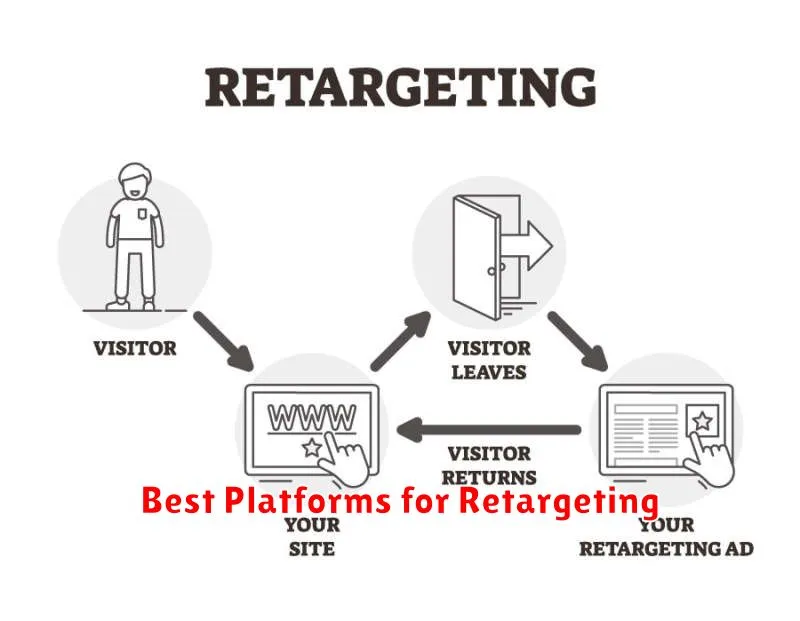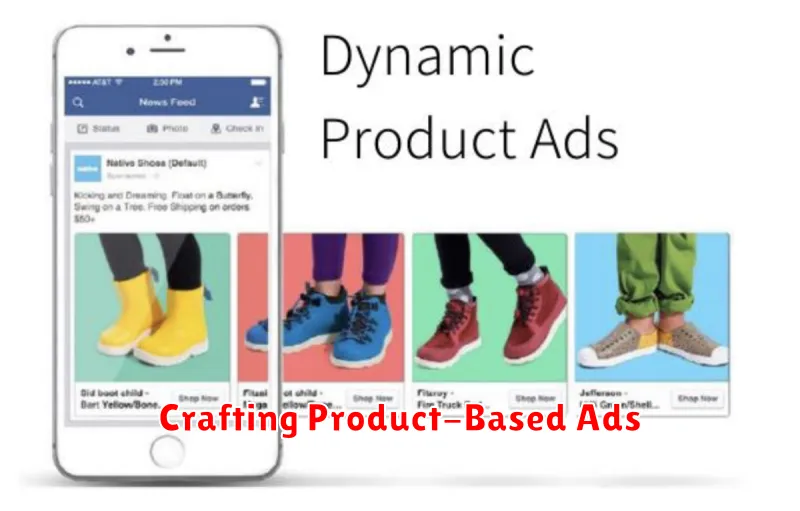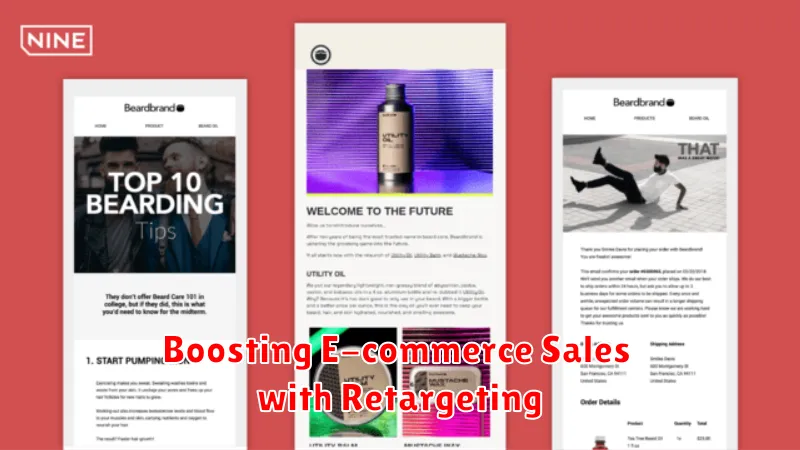In today’s competitive e-commerce landscape, maximizing sales is paramount. Many potential customers browse online stores, add items to their carts, and then leave without completing the purchase. This phenomenon, known as cart abandonment, can significantly impact revenue. Retargeting offers a powerful solution to recapture these lost sales opportunities and boost overall e-commerce sales. By strategically re-engaging with these potential customers, businesses can effectively remind them of their interest in specific products and encourage them to return and complete their purchases.
This article explores the strategic implementation of retargeting in e-commerce. We’ll delve into the mechanics of how retargeting works, examine various retargeting strategies tailored for e-commerce, and discuss best practices for maximizing its effectiveness. Learn how to effectively re-engage your audience, recover lost sales, and ultimately, achieve significant growth in your e-commerce sales with a well-executed retargeting campaign.
Why Retargeting Works
Retargeting, also known as remarketing, is effective because it capitalizes on the familiarity principle. Users who have previously interacted with your brand, products, or website are already aware of your existence. By strategically re-engaging these individuals, you reinforce brand recognition and stay top-of-mind.
It addresses abandoned carts and lost opportunities directly. A significant portion of online shoppers add items to their carts but don’t complete the purchase. Retargeting allows you to gently remind them of their interest and incentivize them to return and finalize the transaction.
Furthermore, retargeting allows for personalized messaging. Because you have some data about these users, you can tailor ads to be more relevant to their specific needs or viewed products, increasing the chances of conversion.
Best Platforms for Retargeting

Selecting the right retargeting platform is crucial for a successful campaign. Several platforms offer robust features and varying levels of control. Consider these top contenders:
Google Ads
Google Ads, a dominant player in online advertising, provides extensive retargeting capabilities across its vast network. Its sophisticated targeting options allow for granular control over audience segmentation, ensuring your ads reach the right users.
Facebook/Instagram Ads
Leveraging the immense user base of Facebook and Instagram, these platforms offer powerful retargeting tools. Precise targeting based on demographics, interests, and website activity helps re-engage potential customers effectively.
AdRoll
AdRoll is a dedicated retargeting platform known for its cross-channel capabilities. It allows you to reach customers across various platforms, including display networks, social media, and email, offering a cohesive retargeting strategy.
Segmenting Product Viewers
Effective retargeting relies on precise segmentation. For product viewers, this means categorizing them based on their engagement level and buying signals. This allows you to tailor messaging and offers to nudge them towards a purchase.
One common segmentation strategy is to divide viewers based on the number of product views. Someone who viewed a product multiple times clearly demonstrates stronger interest than someone who glanced at it once. You can create segments for single viewers, repeat viewers, and frequent viewers.
Another approach is to segment based on product categories. If a customer consistently views items in a specific category (e.g., running shoes), tailor ads showcasing new arrivals or special offers within that category.
Furthermore, segmenting based on cart abandonment is crucial. These users are highly qualified leads. Retarget them with reminders, incentives like free shipping, or showcasing product reviews to overcome any last-minute hesitations.
Crafting Product-Based Ads

Product-based retargeting ads focus on items a user has previously viewed or added to their cart. These ads serve as a powerful reminder, bringing the product back to the forefront of the customer’s mind and encouraging them to complete the purchase.
Key elements of a successful product-based ad include high-quality product images, compelling ad copy emphasizing benefits or scarcity, and a clear call to action. Dynamic retargeting takes this a step further, automatically populating ads with the specific products viewed by each individual user, leading to greater personalization and relevance.
Consider offering incentives like free shipping or discounts within these ads to further motivate purchase. Accurately tracking ad performance and A/B testing different variations will help optimize your campaigns for maximum effectiveness and return on investment.
Timing and Frequency Strategy
A well-defined timing and frequency strategy is crucial for retargeting success. Bombarding users with too many ads can lead to ad fatigue and negative brand perception, while insufficient exposure may fail to recapture their interest.
Timing should be strategically aligned with the customer journey. Immediately after a website visit can be effective for abandoned cart reminders. Longer delays might be appropriate for re-engaging users who viewed specific products but didn’t purchase.
Frequency capping limits the number of times a user sees your ad within a specific timeframe. This helps avoid ad fatigue and maintains a positive user experience. Experiment to find the optimal frequency for your audience.
Consider implementing a segmented frequency approach where different customer segments are shown ads at varying frequencies based on their engagement level and purchase history.
Analyzing Post-Click Behavior
Analyzing post-click behavior is crucial for optimizing retargeting campaigns and ultimately boosting e-commerce sales. It provides valuable insights into how users interact with your website after clicking on a retargeting ad.
Key metrics to track include bounce rate, time on site, and pages per session. A high bounce rate may indicate irrelevant ads or a poorly designed landing page. Low time on site coupled with few pages per session suggests a lack of engagement with your content.
By analyzing these metrics, you can identify areas for improvement. For example, if users consistently bounce from a specific product page, it might signal an issue with the product description or imagery.

